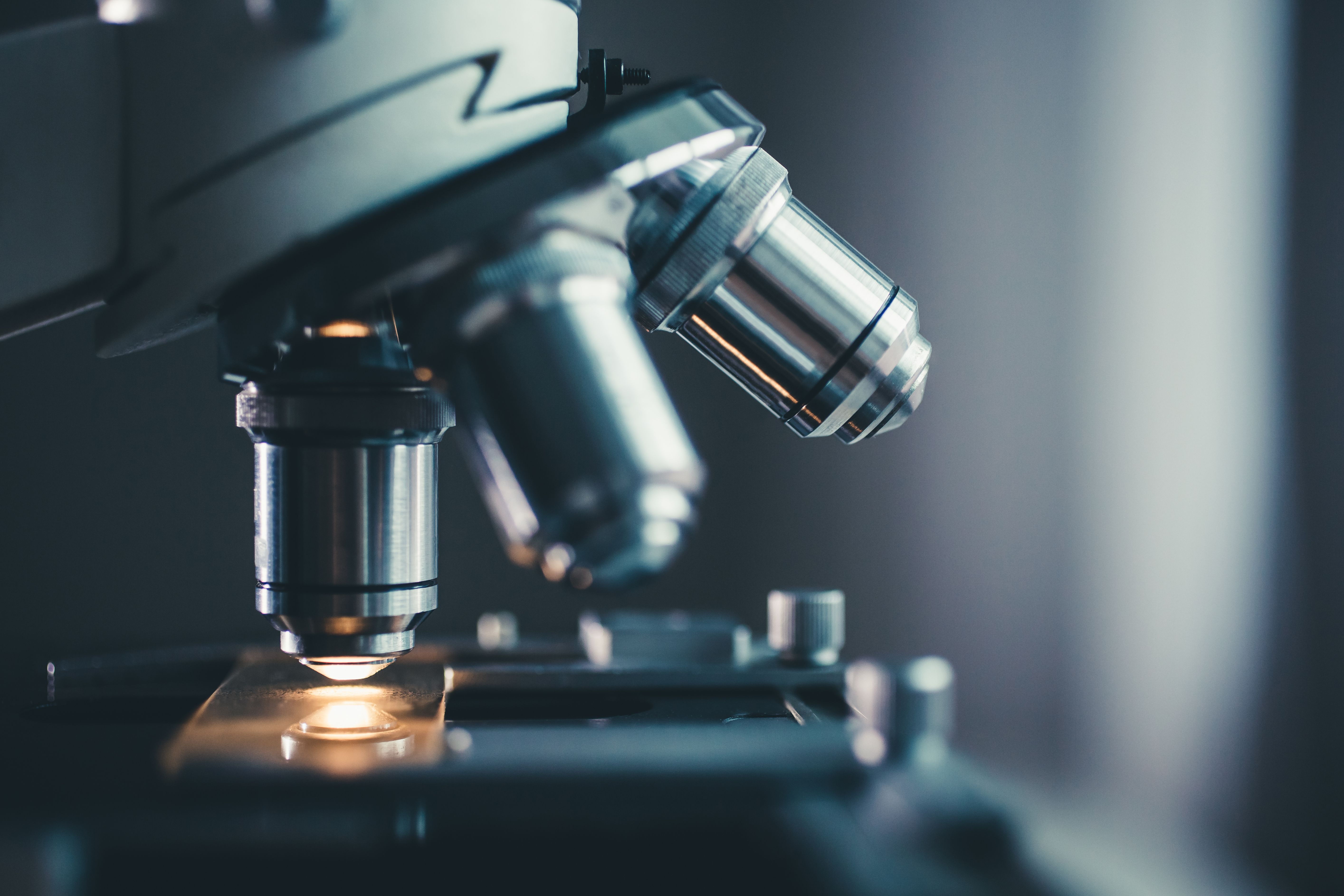
(Vienna, 22-09-2021) The anaplastic large cell lymphoma (ALCL) is a type of leukaemia which occurs primarily in children and young adults. An international team of researchers with significant involvement of MedUni Wien has now been able to demonstrate that the transcription factor BATF3 and its target genes play a key role in the growth of the tumour cells. The findings of this study, which is currently published in the renowned journal Nature Communications, can be used as an approach for the development of new therapies.
The malignant lymphoma is the most frequent form of lymphatic cancer and develops if the lymphocytes belonging to the immune system divide uncontrolled. Differentiation is made between the Hodgkin lymphoma (HL) and non-Hodgkin lymphomas, which also include the less frequent anaplastic large cell lymphomas (ALCL), a malignant T-cell lymphoma, which particularly affects children and young adults. Chemotherapy is used as the standard therapy, but relapses often occur.
BATF3 as key transcription factor for the signal transfer at ALCL
A group of researchers of MedUni Vienna around Olaf Merkel and Lukas Kenner (also at the University of Veterinary Medicine Vienna) of the Clinical Institute for Pathology in cooperation with the research group of Stephan Mathas of the Max Delbrück Center for Molecular Medicine in the Helmholtz Association (MDC), the Charité – Universitätsmedizin Berlin and the Experimental and Clinical Research Center (ECRC) from the MDC and Charité now examined the role of the transcription factors BATF3 in case of ALCL. Its elimination in ALCL tumour cells had an enormous effect on the cell growth, which indicates that it is an important protein in this illness. The interest of the researchers in BATF3 had been aroused by these findings and the profound illness-specific expression of BATF3.
Super-Enhancer region discovered
Among others, the group around Stephan Mathas had been able to demonstrate in earlier cooperation projects that the AP-1 family of transcription factors, among them JUNB, cJUN as well as BATF3, is severely expressed in ALCL. In view of the significance of BATF3 for the illness and its high expression, the researchers assumed that it could be located in a so-called super enhancer region of the genome. Super enhancers are areas in the genome which are of pivotal significance for gene regulation and cell identity. The genome-wide analysis of H3K27-histon acetylation executed together with the laboratory of Tom Look in Boston confirmed that BATF3 is indeed located in a super enhancer region in all analysed cell lines, and importantly also in primary ALCL patient samples.
Furthermore, the researchers also conducted a genome-wide binding test for BATF3, a BATF3 ChIP, and ascertained that BATF3 binds to its own promotor and thus generates a positive feedback loop. "While we observed the genes, whose expression was altered by a BATF3-knock-out, the genes of the IL-2R system were among the most conspicuous," explains Olaf Merkel, "which prompted us to closely examine the members of the trimeric IL-2 receptor in terms of expression and function."
The researchers determined that all three sub-units of the IL-2R complex in ALCL are severely activated and that IL-2Ralpha and -beta are direct targets of BATF3. "IL-2 is the most important interleukin released after the activation of T-cells" explains Merkel "and we were able to demonstrate that IL-2 was able to promote the growth of ALCL tumour cells. The view that IL-2 has an essential function for ALCL growth is supported by the high activation of all three IL-2 receptor subunits in more than 80 percent of ALCL patients, which, together with the functional analyses, indicates the high importance of IL-2 signalling in ALCL." Another closely related cytokine known to share two subunits with the IL-2 receptor is IL-15. The researchers were able to show a growth-promoting effect on the ALCL cells here as well.
In view to a possible therapeutic approach, the researchers investigated the effect of an armed antibody directed against an IL-2 receptor subunit that is coupled to a cell toxin against ALCL cells. Even a single administration of this antibody cell toxin conjugate massively reduces tumour growth of ALCL cells in animal models, which could be the basis for clinical trials in humans. The findings of the current publication contribute to the understanding of the development and growth of anaplastic large cell lymphoma and should subsequently contribute to the development of effective therapies.
The study was promoted by the European Union's Horizon 2020 Marie Skłodowska-Curie Innovative Training Networks (ITN-ETN) for a project entitled "ALKATRAS" - ALK Activation as a target of TRAnslational Science.
Service: Nature Communications
Super-enhancer-based identification of a BATF3/ IL-2R−module reveals vulnerabilities in anaplastic large cell lymphoma
Huan-Chang Liang, Mariantonia Costanza, Nicole Prutsch, Mark Zimmerman, Elisabeth Gurnhofer, Ivonne A. Montes-Mojarro, Brian J. Abraham, Nina Prokoph, Stefan Stoiber, Simone Tangermann, Cosimo Lobello, Jan Oppelt, Ioannis Anagnostopoulos, Thomas Hielscher, Shahid Pervez, Wolfram Klapper, Francesca Zammarchi, Daniel-Adriano Silva, K. Christopher Garcia, David Baker, Martin Janz, Nikolai Schleussner, Falko Fend, Šárka Pospíšilová2, Andrea Janiková, Jacqueline Wallwitz, Dagmar Stoiber, Ingrid Simonitsch-Klupp, Lorenzo Cerroni, Stefano Pileri, Laurence de Leval, David Sibon, Virginie Fataccioli, Philippe Gaulard, Chalid Assaf, Fabian Knörr, Christine Damm-Welk, Wilhelm Woessmann, Suzanne D. Turner, A. Thomas Look, Stephan Mathas, Lukas Kenner, Olaf Merkel
https://doi.org/10.1038/s41467-021-25379-9